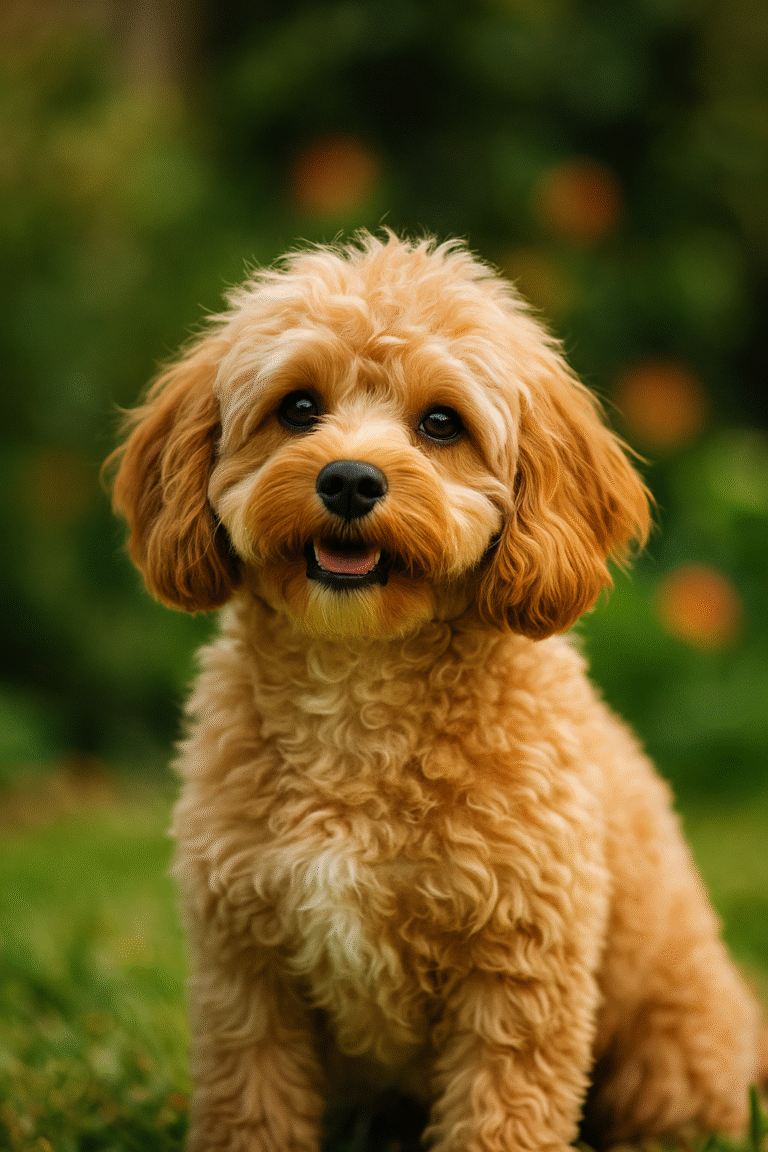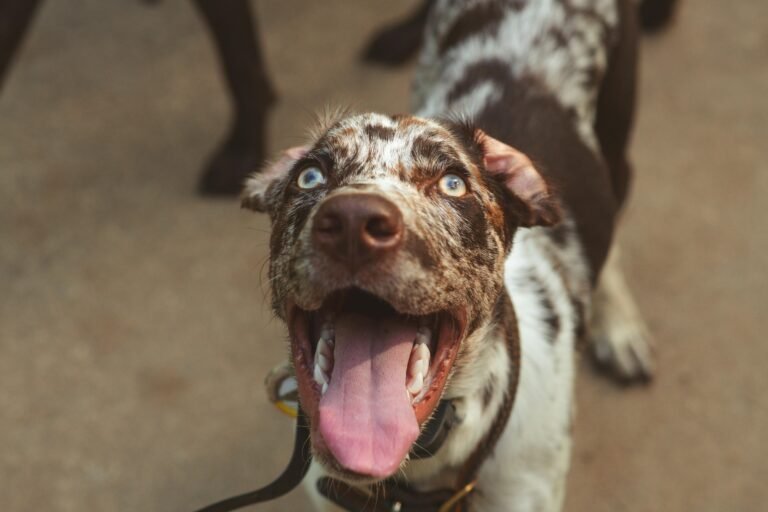The Cocker Spaniel is one of the world’s best-loved companion dogs, renowned for its soulful eyes, flowing ears and friendly personality. Originally bred as a hunting companion to flush woodcock from dense underbrush, it has evolved into a versatile family dog, show dog and sporting partner.
There are two distinct varieties: the English Cocker Spaniel and the American Cocker Spaniel. Both share a common heritage dating back to the 16th century when spaniels were grouped by size rather than breed. Smaller dogs became known as “cockers” because they excelled at hunting woodcock. Over the centuries, selective breeding and an ocean’s separation gave rise to two slightly different dogs. English cockers are a bit larger and have a less domed head, while American cockers have a shorter back, a more rounded skull and a fuller coat. In 1935 the American Kennel Club recognized the English Cocker Spaniel as a separate breed. Today both types are beloved for their affectionate nature and merry dispositions.
History and Development
Early spaniels accompanied hunters and are mentioned in European literature from the 1500s. They were prized for their keen noses and ability to flush and retrieve game. By the 19th century, different spaniel types were distinguished for springing, flushing or setting game. The cocker became extremely popular in the United States in the mid-20th century after winning numerous show championships. Demand grew so high that breeders prioritized appearance over temperament, resulting in nervous or difficult dogs. Concerned fanciers refocused on gentle, even temperaments, producing the sweet, trusting dogs we know today. The American Cocker Spaniel continues to rank among the most popular breeds, while the English variety is less common but cherished for its drive and stamina.
Physical Characteristics
Cockers are small to medium-sized dogs with a sturdy, compact build. American cockers stand 13.5 to 15.5 inches at the shoulder and weigh about 20 to 30 pounds. English cockers are slightly taller and heavier. Both varieties have expressive eyes, long feathered ears and a soft, silky double coat that may be flat or slightly wavy.
Coat colors include solid black, liver or red; parti-colors combining white with black, buff or roan; and tricolors with tan markings. The luxurious coat is beautiful but high maintenance. Daily brushing prevents matting, while regular bathing keeps the hair clean. Many owners use professional groomers every six to eight weeks to trim and shape the coat. Because their ears hang low, cockers are prone to ear infections; weekly cleaning and keeping the hair short around the ears helps reduce problems.
Temperament and Personality
Cockers are cheerful, gentle dogs that adore their families. They form strong bonds with their people and thrive on companionship. Sensitive and eager to please, they respond well to positive reinforcement and praise. However, they dislike being left alone for long periods and may develop separation anxiety if isolated. Proper socialization from an early age ensures they grow into confident adults. They typically get along well with children and other pets, especially when raised together, though interactions with young children should always be supervised.
Exercise and Training
Though adaptable, cockers are not couch potatoes. As sporting dogs, they need about 90 minutes of exercise daily. A fenced yard allows for spirited games of fetch, while long walks or hikes keep them fit. Many excel in agility, obedience and rally sports. Their keen noses also make them excellent scent-work and tracking dogs. Cockers may still pursue birds or small animals outdoors, so leashes are essential in unfenced areas. Training is generally straightforward—short, upbeat sessions with treats and praise yield the best results. Harsh corrections can harm their confidence.
Living and Health Care
Living with a cocker spaniel requires commitment to grooming and health care. Owners should trim hair between paw pads, check under the ears for debris and maintain regular dental care. Common hereditary issues include allergies, cataracts, progressive retinal atrophy, ear infections, hearing loss, luxating patella and hypothyroidism. Responsible breeders test for eye diseases and knee issues. Cockers typically live 12 to 15 years. Feeding a high-quality diet and monitoring caloric intake helps maintain a healthy weight.
Adaptability and Roles
Both English and American cockers adapt well to many living situations, including apartments, if they receive daily exercise and human interaction. They enjoy mental stimulation and often excel as therapy dogs. Their affectionate nature also makes them favorites in the show ring. Families seeking a loving, versatile companion will find the cocker spaniel a delightful match, though grooming and potential hereditary health issues require commitment.
Finding a Cocker Spaniel
When considering a cocker spaniel puppy, always choose a reputable breeder who prioritizes health and temperament. Meet the parents and request health certificates for eyes and knees. Adoption is also an excellent option; breed-specific rescues often have dogs of all ages in need of homes. Many cockers enter rescue due to grooming neglect or unrealistic expectations but thrive in patient, loving homes. Whether adopted or purchased, cockers need daily brushing, play and training to be happy members of the family.
Conclusion
The cocker spaniel’s rich history as a gundog and its endearing personality have earned it a place in the hearts of dog lovers worldwide. Its merry nature, medium size and adaptability make it an ideal companion for many lifestyles. Beneath the silky coat lies a sporting dog who needs exercise and mental stimulation. With regular grooming, consistent training and plenty of love, a cocker spaniel will reward you with years of companionship and countless tail wags.






